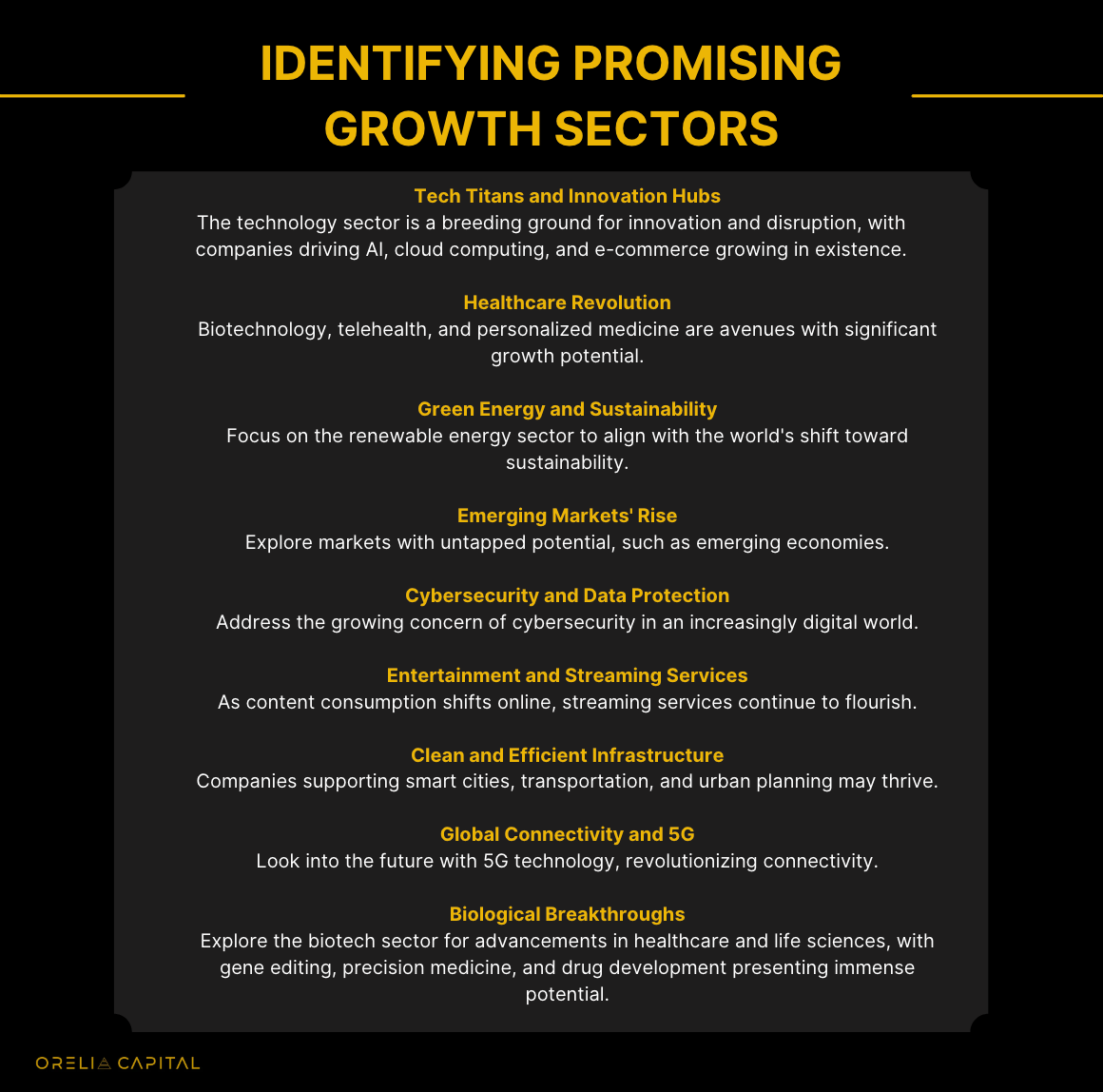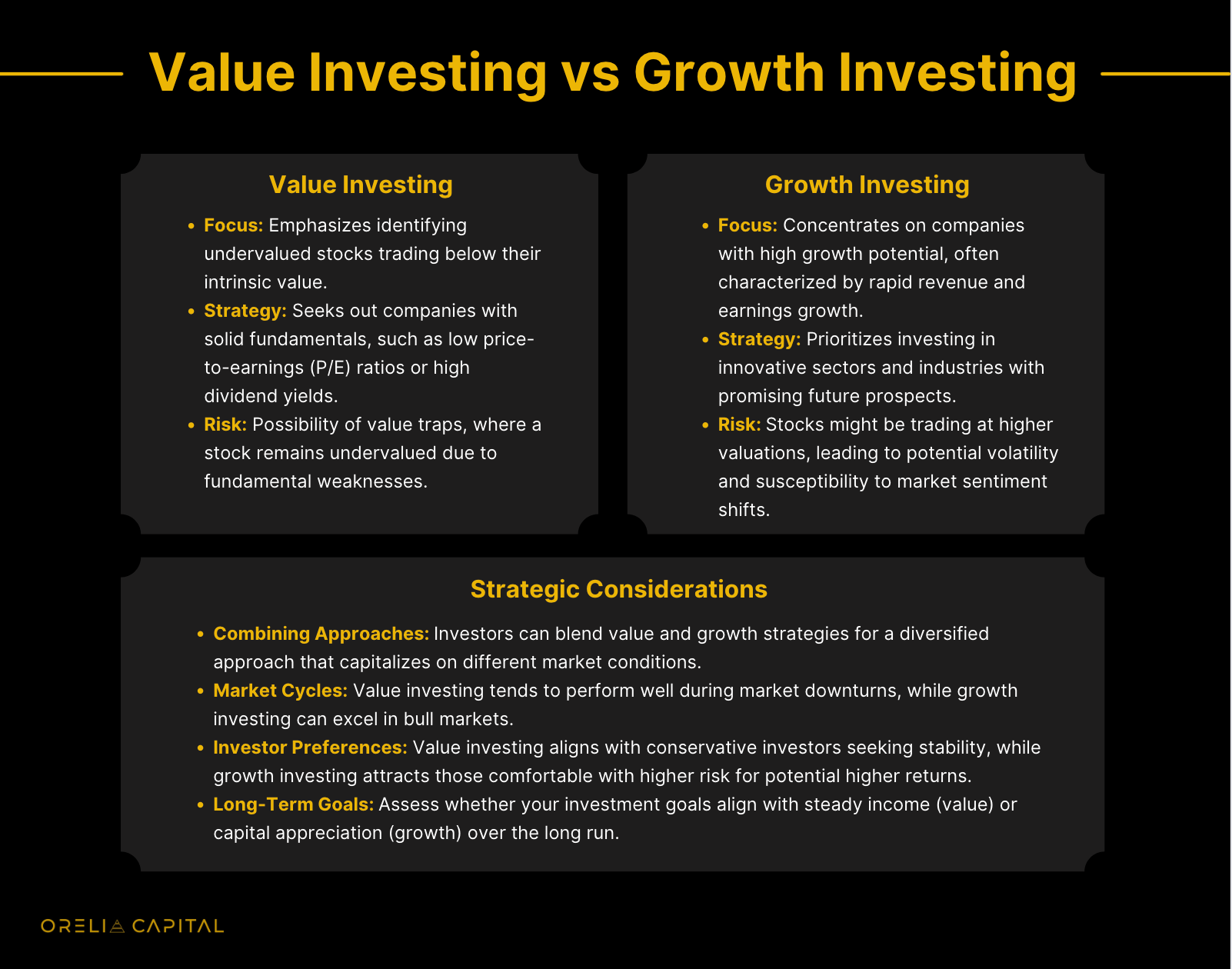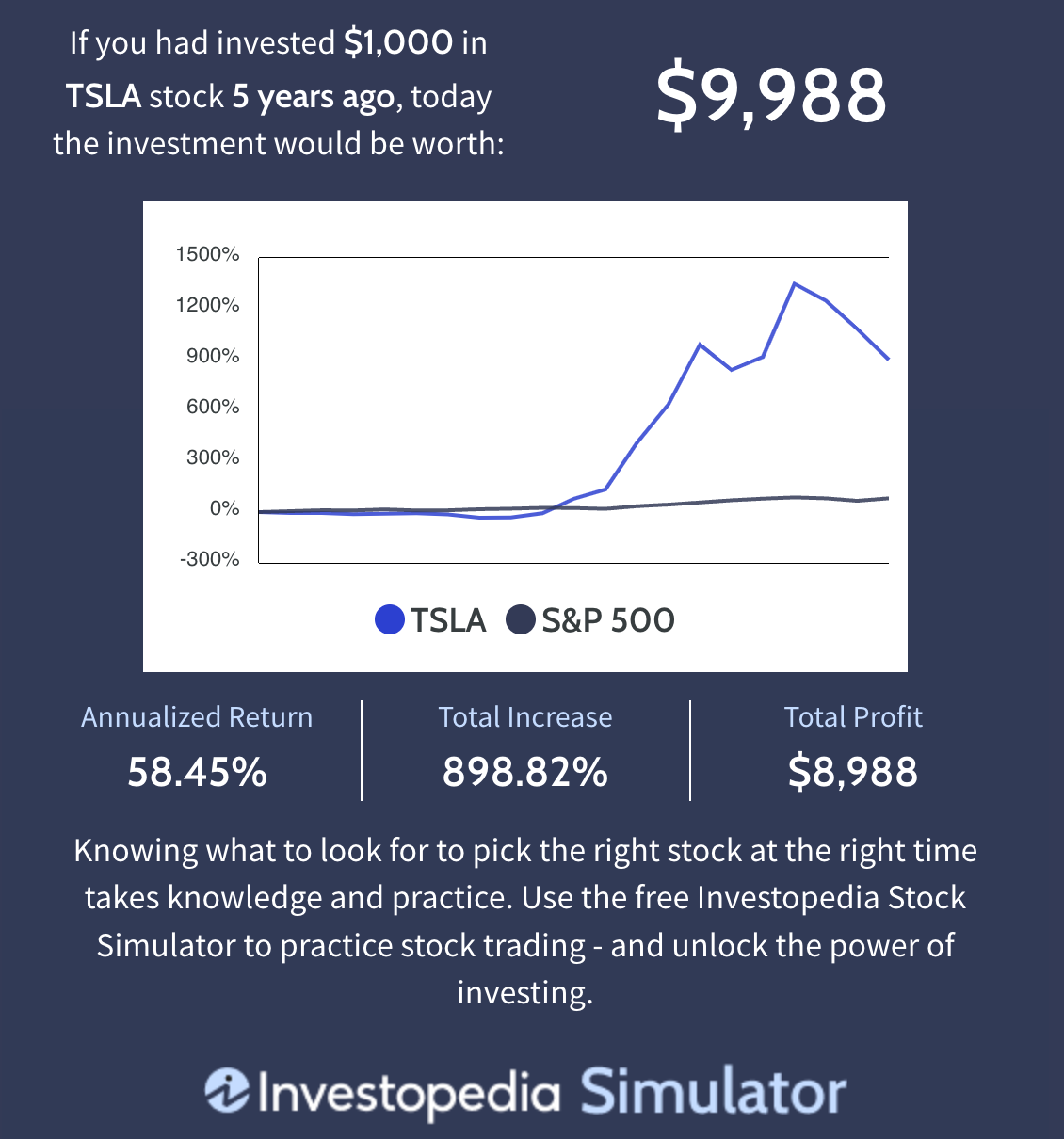Growth Investing: Unleashing Potential in High-Potential Stocks

In the dynamic world of finance, growth investing stands as a beacon of opportunity, offering investors a chance to harness the power of high-potential stocks for long-term wealth creation. Let's dive into the core tenets of growth investing and navigate the landscape of potential riches.
Understanding The Fundamentals
Growth investing is more than selecting stocks; it's a strategic approach prioritising companies with exceptional growth potential. Here's a closer look at the fundamental principles that underpin growth investing:
- Earnings Growth: Focus on companies that consistently demonstrate strong growth in earnings. These firms often reinvest profits into expanding operations, research, and innovation.
- Revenue Expansion: Look for companies experiencing rapid revenue growth. This indicates increasing demand for their products or services, signalling a potential upward trajectory.
- Innovative Products: Companies that develop innovative and disruptive products tend to attract loyal customers and gain a competitive edge in their industry.
- Expanding Market Presence: Seek companies to expand into new markets or gain market share within their existing markets. This expansion often leads to increased revenue and profits.
- Competitive Moats: A competitive moat is a sustainable advantage that protects a company's market share. Examples include strong brand recognition, network effects, and proprietary technology.
- Buy-and-Hold Strategy: Growth investing is a long-term game. Adopt a buy-and-hold strategy to benefit from compounding returns over time. Resist the temptation to make frequent trades based on short-term market fluctuations.
- Risk Tolerance: Understand your risk tolerance before investing in growth stocks.
- Diversification: While focusing on growth is crucial, diversification remains essential. Spread your investments across different sectors and industries to mitigate risk.
- Patience and Conviction: Successful growth investing requires patience and conviction in your research. Sticking to your investment thesis can yield substantial rewards even during market volatility.

Spotting Emerging Market Trends
- Consumer Behavior Insights: Observe shifts in consumer preferences and purchasing habits. Analyse data from online shopping, social media engagement, and surveys to identify emerging trends in products and services.
- Technological Advancements: Stay attuned to breakthrough technologies such as AI, blockchain, and IoT. Monitor how these technologies are adopted and integrated into various industries, indicating potential growth opportunities.
- Geopolitical and Regulatory Changes: Assess the impact of geopolitical events and regulatory shifts on industries.
- Societal and Lifestyle Shifts: Recognise evolving lifestyles and values that shape consumption patterns.
- Global Demographic Trends: Study demographic shifts such as aging populations, urbanisation, and population growth. These trends can reveal emerging needs and opportunities in healthcare, real estate, and consumer goods.
When assessing disruptive technologies for investment, focus on:
1. Uniqueness: Novelty and problem-solving capability.
2. Scalability: Potential for widespread adoption.
3. Competition: Differentiators and barriers to entry.
4. Execution: Strong management and implementation.
5. Longevity: Alignment with future trends and adaptability.
Financial Metrics for Growth Stocks
Revenue Growth Rate:
- Measure of a company's ability to increase its top-line earnings year over year.
- High revenue growth indicates strong demand for products or services.
Price-to-Sales (P/S) Ratio:
- Compares a company's market value to its annual revenue.
- Lower P/S ratios may suggest undervaluation, making the stock an attractive investment.
Return on Equity (ROE):
- Measures a company's ability to generate profits from shareholders' equity.
- High ROE indicates efficient use of investor funds to generate earnings.
Earnings Per Share (EPS) Growth:
- Tracks the growth rate of a company's profits distributed among outstanding shares.
- Consistent EPS growth signifies a company's ability to generate profits for shareholders.
Debt-to-Equity Ratio:
- Gauges a company's financial leverage by comparing its debt to shareholders' equity.
- Lower ratios suggest lower financial risk and better debt management.

Managing Risk in Growth Investing
- Diversification Is Key: Create a mix of established growth stocks and promising newcomers and allocate resources based on risk tolerance and sector prospects.
- Employ Stop-Loss Orders: Set predetermined price levels at which a stock will be automatically sold to limit potential losses.
- Research and Due Diligence: Thoroughly analyse each growth stock before investing by investigating company financials, management track record, competitive landscape, and growth prospects.
- Monitor Economic Indicators: Stay informed about macroeconomic trends and indicators that could impact growth sectors.
- Stay Adaptable and Learn: Continuously reassess your growth portfolio and adjust strategies as market conditions evolve.

In the realm of growth investing, knowledge is power. By mastering these facets, investors can navigate the complexities of the stock market with clarity, making informed decisions that drive their financial success. When in doubt, consult a financial professional to enhance investment decision-making.

We hope you enjoyed this edition of our newsletter. If you found it helpful, please consider sharing it with others who might benefit from this information.
At Orelia Capital, we believe that feedback is a gift. Your feedback can help us improve our content and provide more value to our readers.





